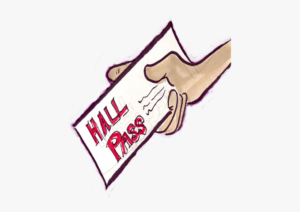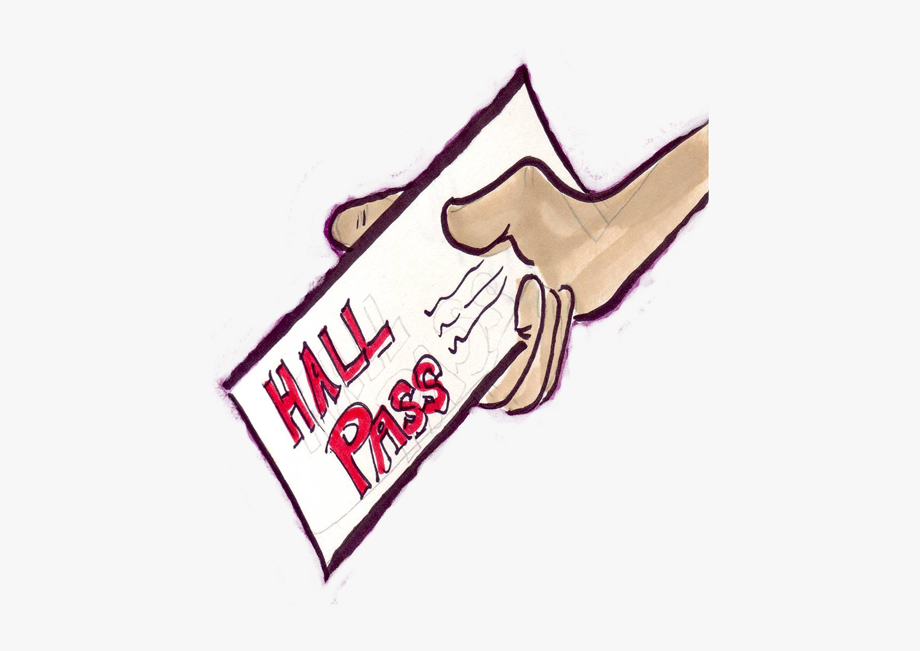Student Contributor: N. Cabiad
 When a situation or behavior problem has occurred, the student/s involved will be relocated to a classroom that has previously agreed to take on a student for a break. The student will be handed a pass and will go to the guest classroom for an allotted amount of time to cool off and remove themselves from where the issue had occurred.
When a situation or behavior problem has occurred, the student/s involved will be relocated to a classroom that has previously agreed to take on a student for a break. The student will be handed a pass and will go to the guest classroom for an allotted amount of time to cool off and remove themselves from where the issue had occurred.
This tool is when teachers choose to send a student to a separate classroom for a length of time (5-15 minutes) so that the student is able to calm down or simply be removed from a situation. This tool is used as a “break”, but can be very effective, as I have seen in some of the classrooms I volunteer for. We have used this tool to get students away from the conflict and thinking about something besides the situation that may have just occurred. The students are not always happy to go, but this action diffuses the situation and allows you as a teacher to focus on the rest of the class.
This tool fits into the corrective phase because we as teachers will utilize this tool when the situation or behavior has occurred. This tool helps prevent physical violence or other escalation of an issue. The theory of influence that this tool uses is teacher directed. Because it is the teacher that takes the initiative to send a student out of the classroom, this tool is teacher directed. The action to prevent further disruption is acted upon solely by the teacher, not the student.
More Information –
Tool Source: Grant Elementary



Grade 5, 15 students, Urban
This tool has been used at my placement school before, but not very frequently. These past few weeks, my mentor teacher and I tried implementing guest classroom breaks more often to see its impacts on the students. It requires no preparation, no teaching and is very easy to use. Immediately after we started using them, we noticed the behavior of students improve when they came back from their breaks. This improved the overall environment of the classroom as well. The students mostly understood their role with this tool. When the classroom started to become overwhelming for them, they understood that it would be wise to take a break. There were times where students would try to abuse this tool and always ask for breaks when it was not necessary or they would ask too frequently, so it’s important to know when and how often to use this tool so it can be the most effective. I would set a reasonable limit to how many breaks students can have so it won’t be abused. Overall this tool was very helpful with these students and I would definitely recommend implementing it!